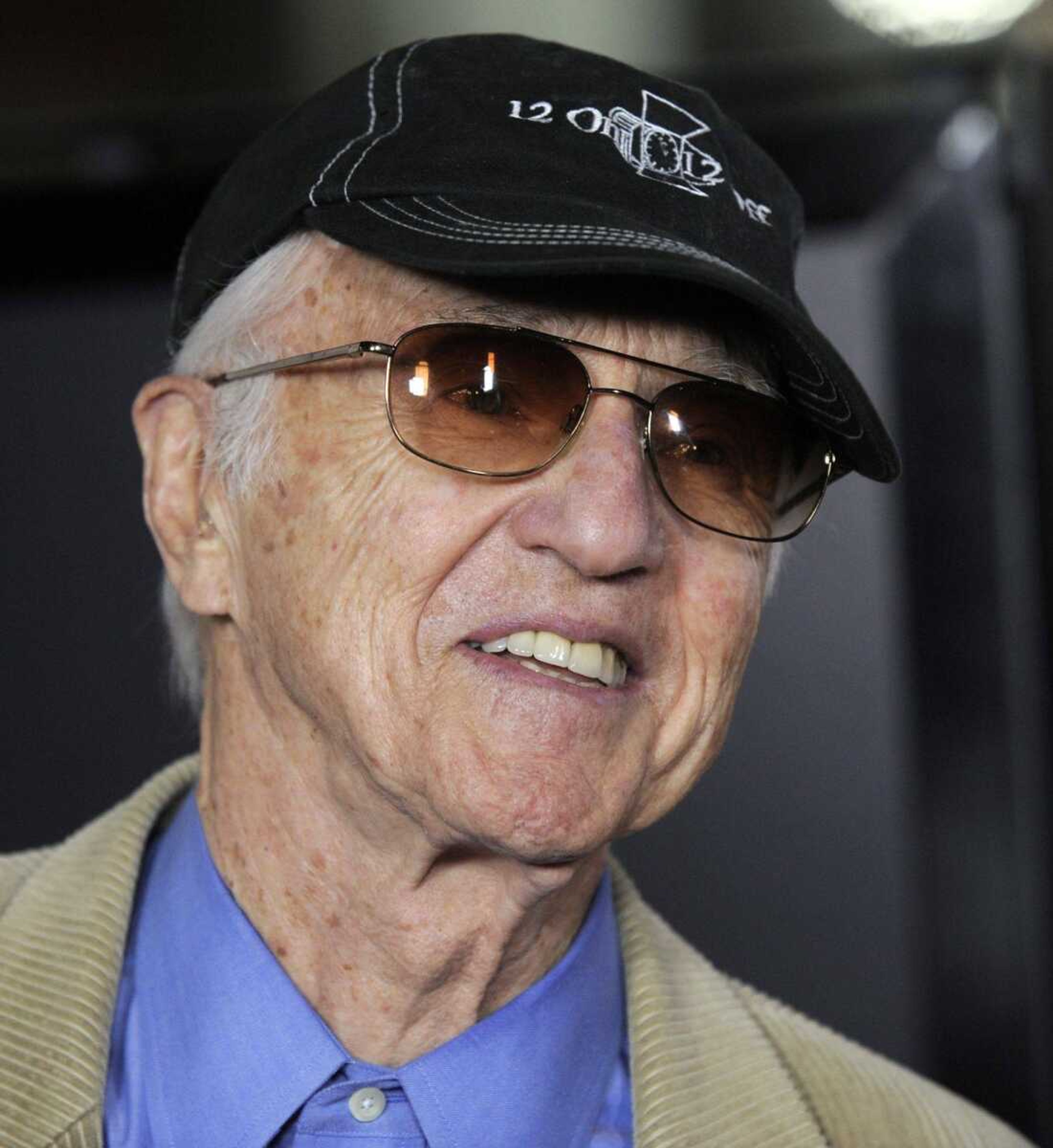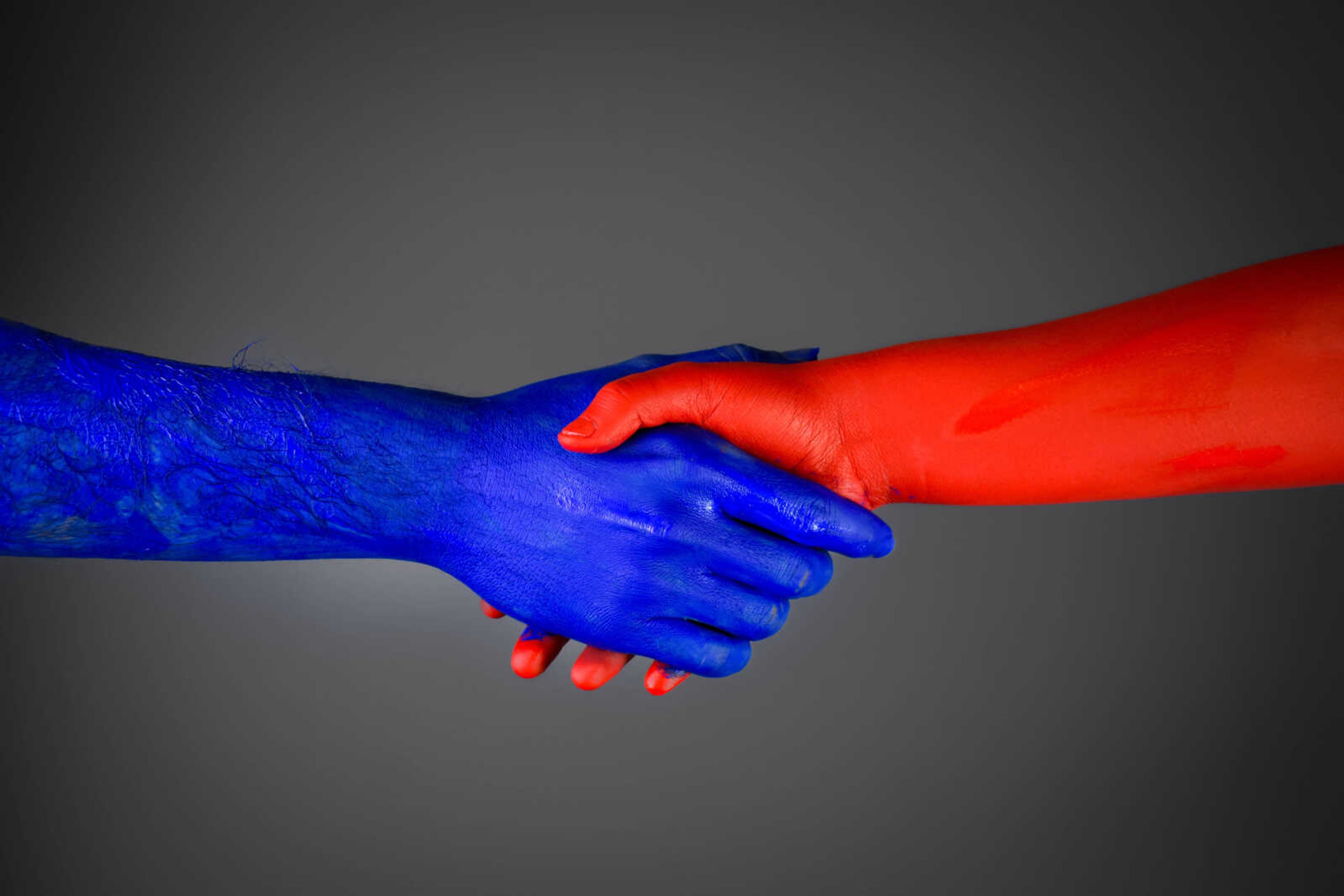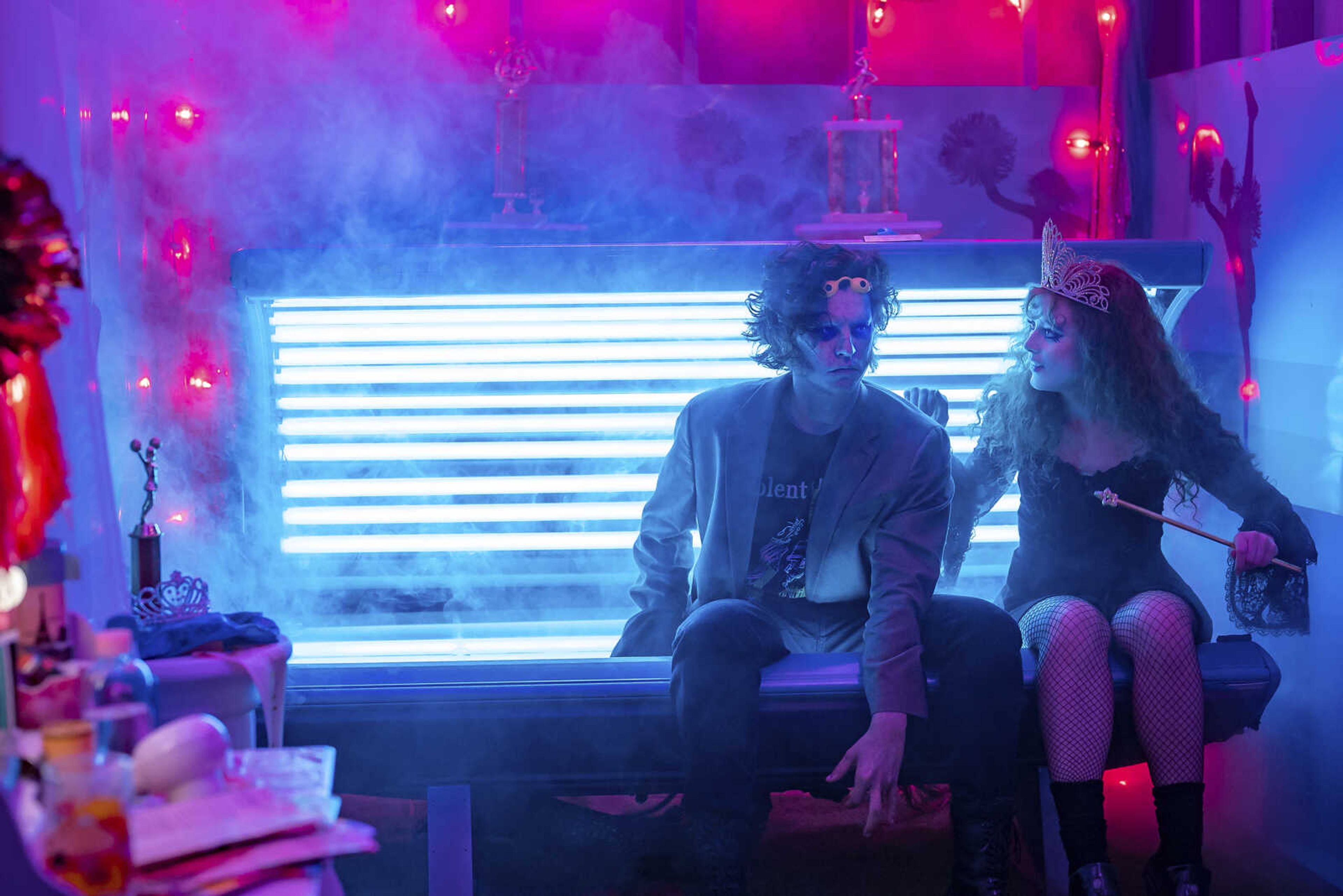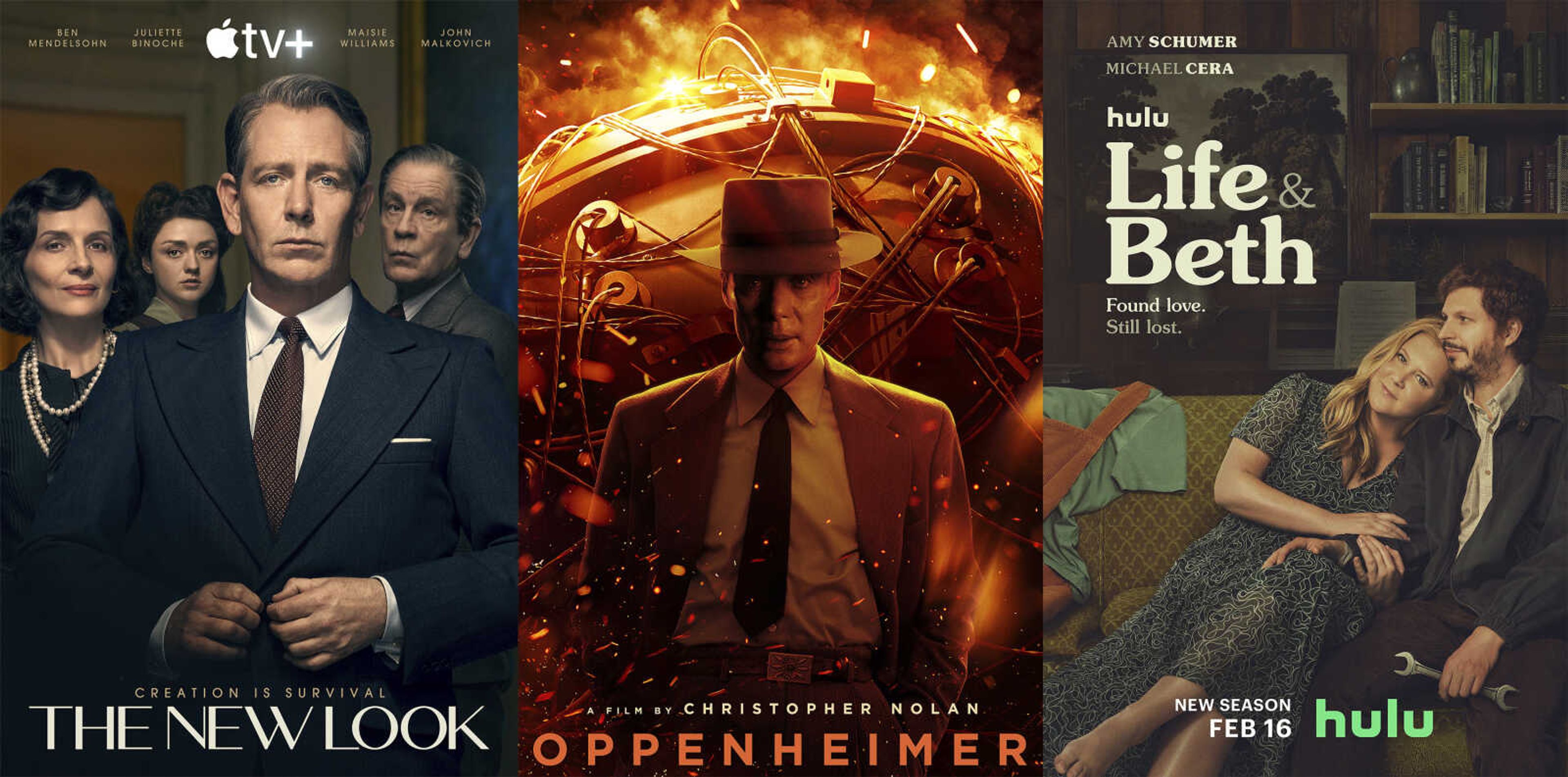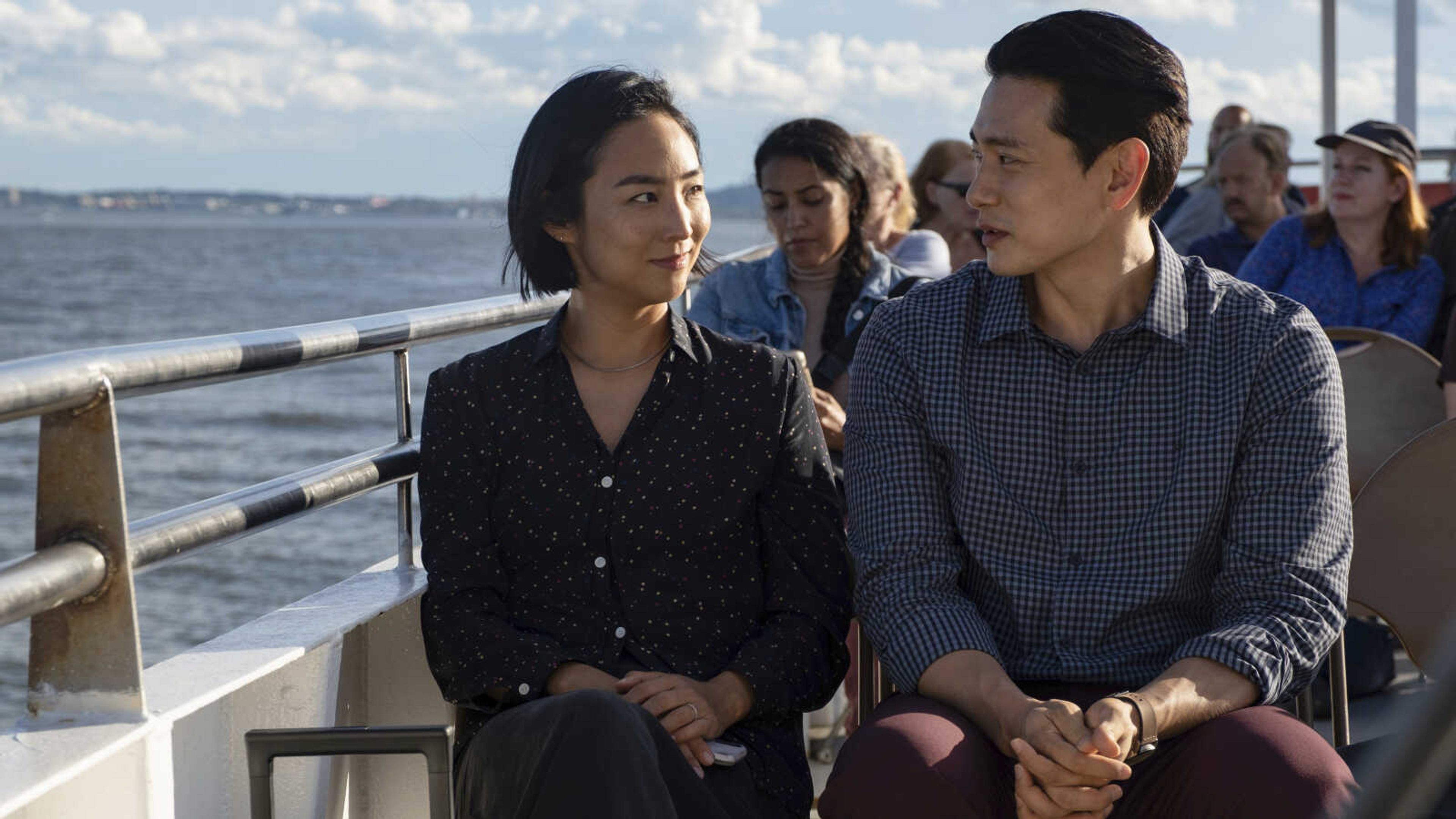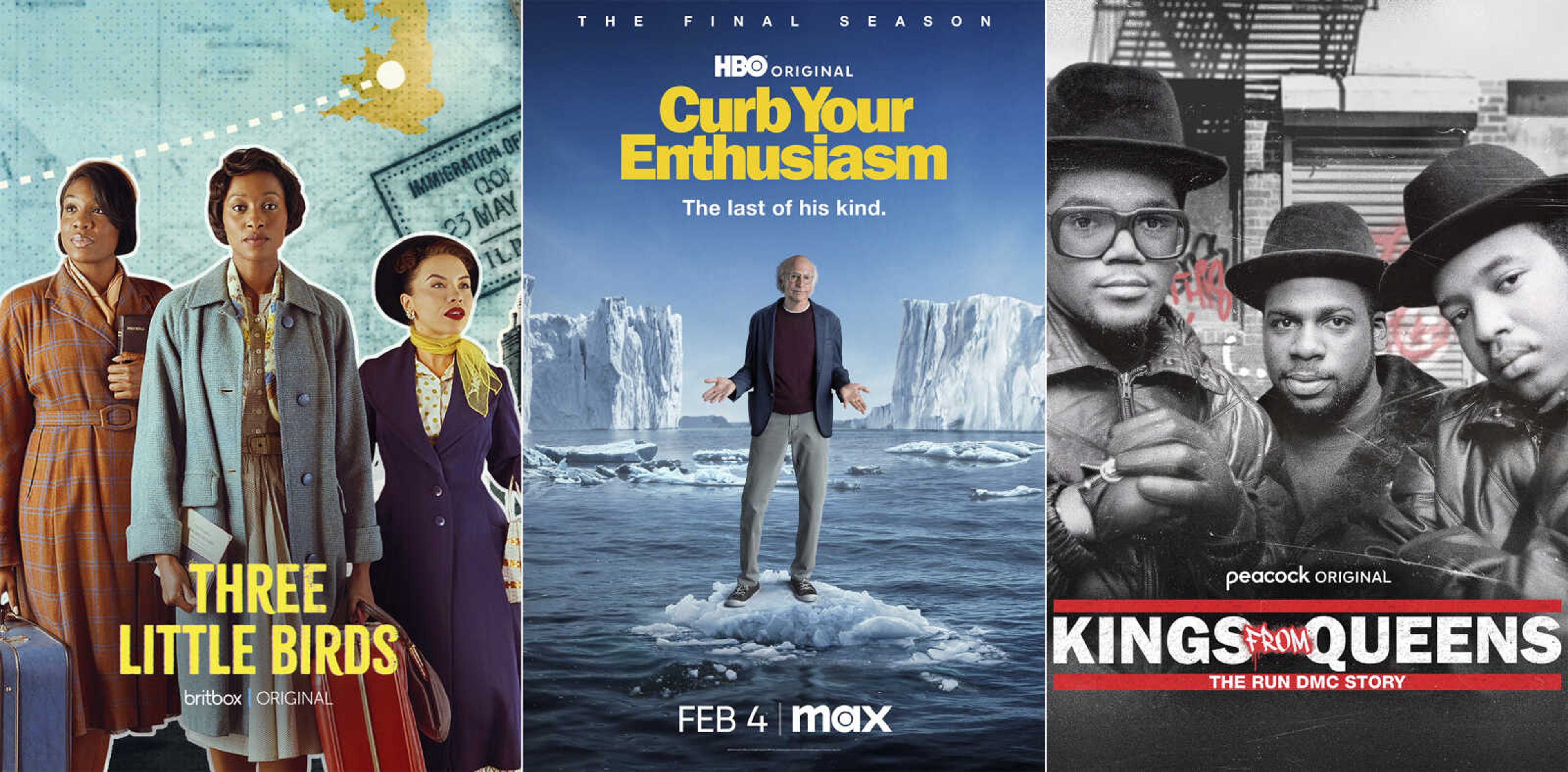Oscar winning cameraman Haskell Wexler dies at 93
LOS ANGELES -- Haskell Wexler, one of Hollywood's most famous and honored cinematographers and one whose innovative approach helped him win Oscars for "Who's Afraid of Virginia Woolf?" and the Woody Guthrie biopic "Bound for Glory," died Sunday. He was 93...
LOS ANGELES -- Haskell Wexler, one of Hollywood's most famous and honored cinematographers and one whose innovative approach helped him win Oscars for "Who's Afraid of Virginia Woolf?" and the Woody Guthrie biopic "Bound for Glory," died Sunday. He was 93.
Wexler died in his sleep, his son, Oscar-nominated sound man Jeff Wexler, said.
A liberal activist, Wexler photographed some of the most socially relevant and influential films of the 1960s and 1970s, including the Jane Fonda-Jon Voight antiwar classic "Coming Home," the Sidney Poitier-Rod Steiger racial drama "In the Heat of the Night" and the Oscar-winning adaptation of Ken Kesey's "One Flew Over the Cuckoo's Nest."
He also was the rare cinematographer known enough to receive a star on Hollywood's Walk of Fame.
"He was a wonderful father. I owe most of who I am to his wisdom and guidance," said his son, also nominated for Oscars for "Independence Day" and "The Last Samurai."
When the elder Wexler wasn't working on big-budget studio fare, he traveled the world directing and photographing documentaries for favorite causes.
His 1969 "Medium Cool" mixed documentary and dramatic elements, telling the story of a fictional television photographer (Robert Forster) who covers violence between Chicago police and protesters at the 1968 Democratic National Convention. The real unrest was filmed for the movie, and its "cinema verite" approach was closely studied by filmmakers.
"I was under surveillance for the entire seven weeks I was in Chicago, by the police, the Army and the Secret Service," Wexler once told a reporter.
Throughout his career, Wexler was noted for his versatile and intuitive approach.
For "Who's Afraid of Virginia Woolf," the last film to receive an Oscar for best black and white cinematography, he used hand-held cameras to capture the tension of the tirades between Elizabeth Taylor and Richard Burton. For "In the Heat of the Night," he put silks over the tops of sets and aimed lights at their centers. His aim was to contribute to the tension between Poitier's big-city black detective and Steiger's Southern white lawman.
As visual consultant on George Lucas' "American Graffiti," he hosed down the streets to achieve a moody, reflective style. He helped give Terence Malick's "Days of Heaven" a hazy, dreamlike atmosphere.
Wexler was also noted for his clashes with directors. Francis Ford Coppola fired him during the filming of "The Conversation." Milos Forman dropped him during the filming of "One Flew Over the Cuckoo's Nest" and Wexler shared the cinematography credit with Bill Butler.
"I don't think there's a movie I've been on that I didn't think I could direct better," he said in 2005.
For one of his documentaries, 2006's "Who Needs Sleep?" Wexler turned his attention to the film industry itself, decrying the long hours endured by Hollywood set workers. It was inspired by the death of a worker who fell asleep driving his car after a 19-hour stint on a movie set.
Wexler's other documentaries include: "The Bus," about the Freedom Riders who risked their lives to integrate the South in the 1960s; "Latino," which examined American policy in Nicaragua; "Interviews with My Lai Veterans," which shined a light on survivors of U.S. brutality in Vietnam; and "Brazil: Report on Torture."
Born into a well-to-do Chicago family on Feb. 6, 1922, Wexler was still in grade school when he went to work for a photographer involved in the trade-union movement. At age 12, he recorded his family's vacation in Mussolini's Italy with his family's home-movie camera.
His childhood friends included a fellow lifelong rebel: Publisher Barney Rosset, who helped bring down censorship laws by publishing unexpurgated editions of D.H. Lawrence's "Lady Chatterley's Lover" and Henry Miller's "Tropic of Cancer."
Wexler left the University of California, Berkeley, 18 months into his studies to enlist in the Merchant Marine as the U.S. was about to enter World War II. After his ship was torpedoed off the tip of South Africa, Wexler helped some of the sailors join him in a lifeboat.
Returning to Chicago, he made films for the United Electrical Workers Union before moving to Hollywood in 1960, where he made his feature debut in 1963 on Elia Kazan's immigrant drama "America, America." It brought instant acclaim and steady work.
A photographer on dozens of feature films, dozens more documentaries and scores of TV commercials, Wexler remained active for decades. At age 89, he received an Emmy nomination as the cameraman for Billy Crystal's "61(asterisk)," the HBO film about Roger Maris' record-setting home run season. A few years earlier, Wexler himself was the subject of a documentary, "Tell Them Who You Are," directed by another of his sons, Mark Wexler.
His last film credit, the biopic "To Begin the World Over Again: The Life of Thomas Paine," is in postproduction, according to the Internet Movie Database.
"Movies are a voyeuristic experience," he once said of the attraction to the work. "You have to make the audience feel like they are peeking through a keyhole. I think of myself as the audience. Then I use light, framing and motion to create a focal point."
In addition to his sons, Wexler is survived by a daughter, Kathy Wexler, and his wife, Rita Taggart.
Connect with the Southeast Missourian Newsroom:
For corrections to this story or other insights for the editor, click here. To submit a letter to the editor, click here. To learn about the Southeast Missourian’s AI Policy, click here.

